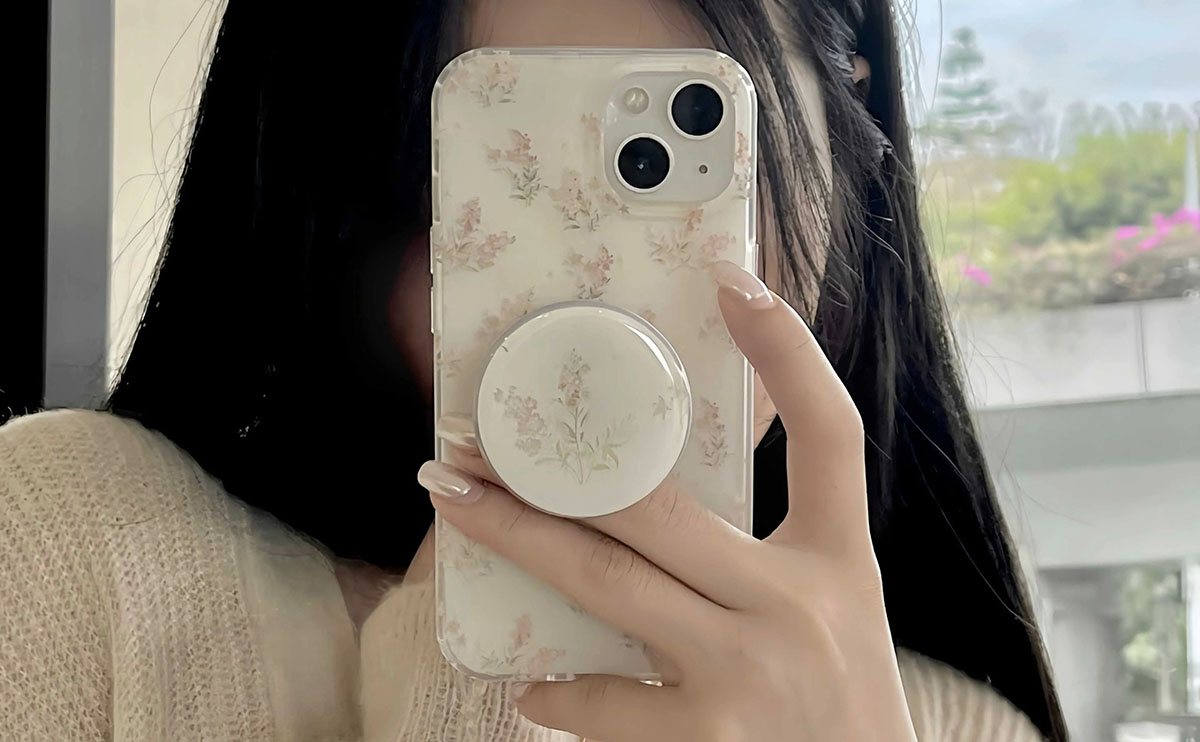In the ever-evolving landscape of smartphone accessories, the iPhone case stands out as a quintessential blend of functionality and fashion. What began as a simple protective covering has evolved into a dynamic accessory that not only safeguards our devices but also serves as a reflection of our personal style and preferences. Join us on a journey through the evolution of iPhone case design, from its humble beginnings to its status as a must-have fashion accessory.
1. The Early Years: Protection First
In the early days of the iPhone, protection was the primary concern driving case design. Basic silicone and plastic cases dominated the market, offering minimalistic designs focused solely on safeguarding the device from scratches, dings, and accidental drops. While functionality was paramount, aesthetics took a back seat as consumers prioritized practicality over style.
2. The Rise of Functionality
As smartphones became an integral part of our daily lives, so too did the demand for iPhone cases that offered enhanced functionality. This led to the introduction of features such as kickstands for hands-free viewing, card slots for storing IDs and credit cards, and battery packs for extended power on the go. Functionality-driven cases catered to the needs of busy professionals, travelers, and multitaskers, providing added convenience and versatility.
3. A Shift Towards Style
With smartphones increasingly viewed as fashion accessories, the role of the iPhone case began to shift from purely functional to inherently stylish. Designers and manufacturers began experimenting with colors, patterns, and materials to create cases that appealed to consumers’ sense of style and individuality. From vibrant prints and metallic finishes to sleek leather and transparent designs, iPhone cases became an extension of personal fashion statements, allowing users to express their unique tastes and preferences.
4. The Era of Customization
As consumer demand for personalized products grew, so too did the popularity of customizable iPhone cases. From monogramming and engraving to photo printing and DIY kits, customization options allowed users to create one-of-a-kind cases that reflected their personality and creativity. Customizable cases emerged as a popular choice for gifts, promotional items, and special occasions, offering a level of personalization and uniqueness that mass-produced cases could not replicate.
5. Luxury and Designer Collaborations
In recent years, the iPhone case market has witnessed a surge in luxury and designer collaborations, blurring the lines between tech accessory and high-end fashion. Renowned fashion houses and luxury brands have entered the fray, offering premium iPhone cases crafted from the finest materials and adorned with signature logos and motifs. These designer cases appeal to fashion-conscious consumers who seek luxury and exclusivity in their smartphone accessories, elevating the iPhone case to a coveted fashion accessory in its own right.
6. The Future of iPhone Case Design
As technology continues to evolve and consumer preferences shift, the future of iPhone case design is poised for innovation and creativity. With advancements in materials, manufacturing techniques, and design technologies, we can expect to see even more sophisticated and versatile iPhone cases that seamlessly integrate functionality, fashion, and personalization. Whether it’s enhanced protection, customizable features, or cutting-edge designs, the iPhone case will continue to evolve to meet the diverse needs and preferences of smartphone users around the world.
In conclusion, the evolution of iPhone case design reflects the dynamic interplay between functionality and fashion in the realm of smartphone accessories. From its origins as a protective covering to its current status as a fashion-forward accessory, the iPhone case has undergone a remarkable transformation, driven by changing consumer demands and technological advancements. As we look to the future, one thing is certain: the iPhone case will continue to evolve and adapt to meet the evolving needs and preferences of smartphone users everywhere.


